February is Black History Month. The month-long celebration was started in 1926 by historian Carter G. Woodson. It began as Negro History Week in honor of African-American contributions to society. The second week of February was chosen to honor the birthdays of Abraham Lincoln and Frederick Douglass.
As a mom of young children, explaining the history of African-Americans can be tricky. You want to be honest, but not overwhelming. You want to celebrate the good, but not ignore the bad. You want to answer all their questions without breaking their spirit.
So, Alexandra (my daughter) and I have decided to share some kid friendly black history books from her collection. We believe they will help you teach your children about Black History in a way that is easy to understand and fun!
Acoustic Rooster and His Barnyard Band by Kwame Alexander
This rhyming story of a rooster and his quest to play in the “farm’s best band” introduces children to the most famous jazz musicians of all time. Using animals as characters – including Thelonius Monkey, Ella Finchgerald, and Acoustic Rooster’s cousin Duck Ellington – Newberry Award Winner Kwame Alexander makes American Jazz history fun and accessible for children of all ages. This is a “read-with-me” book because the names of the characters can be a bit challenging. Alexandra’s only objection was that the rooster’s cousin should not have been a duck. LOL
Another great children’s book highlighting Jazz music and introducing young readers to a great musician is “Little Melba and Her Big Trombone” which is featured on Julian Kiganda’s site, Bold & Fearless’ list of “28 Books Every Black Girl Should Read This Black History Month.”
We Shall Overcome: The Story of a Song by Debbie Levy
We Shall Overcome has become the song and sound of the Civil Rights Movement. This 30-page story traces the history and evolution of the song from slavery to the election of the first African-American President of the United States. We Shall Overcome has become a symbol of struggle and unity for people across the world. If your child is a strong reader, this is a “read-by-me” book, but we suggest allowing your little one to read it to you. This story also provides a great opportunity for a sing-a-long. Alexandra noted after reading it that “people look too much at what’s on the outside and not at what’s on the inside.” Indeed, sometimes they do little one, but we shall overcome that too.
Ellington Was Not a Street by Ntozake Shange
Ellington Was Not a Street is a peek into the life of a child growing up in a home frequently visited by “men who changed the world.” From Paul Robeson to W.E.B. DuBois to The Clovers this book highlights giants in American history. The contributions of these men are so significant that the attempts to honor their legacy – by naming buildings, streets, and parks after them – almost reduces the impact of what they’ve done. It follows the words of a Ntozake Shange’s poem, Mood Indigo, and features images of Duke Ellington’s album of the same name. This is a “read-to-me” book for young readers of all ages. The masterful illustrations of Kadir Nelson make this story come alive. Alexandra loved that Duke Ellington was in this book and Acoustic Rooster. She also noted the mention of bebop in both books. She was paying attention!
Rap A Tap Tap: Here’s Bojangles, Think of That by Leo & Diane Dillon
This “read-by-me” book is about the life and career of Bill “Bojangles” Robinson. Mr. Bojangles is known as the greatest tap dancer of all time. He was a Broadway, Vaudeville, and big screen performer. He is most famously known for dancing in four movies with Shirley Temple. The repeating refrain and theme of the book make this a great read for early readers. Written and illustrated by Caldecott Award-winning illustrators, this book has won awards for its descriptive illustrations. Alexandra said this book inspired her to dance more often and get more exercise.
What are some ways you like to share Black History Month with your children?

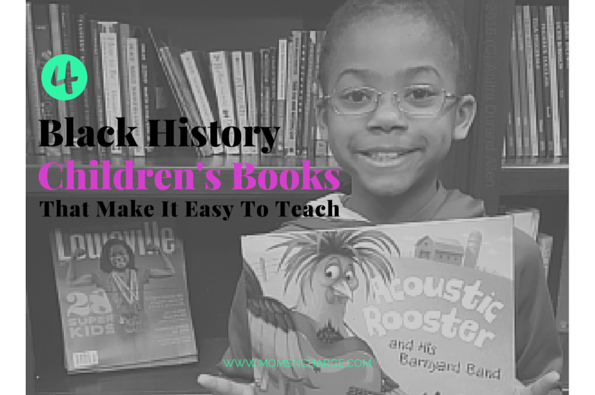
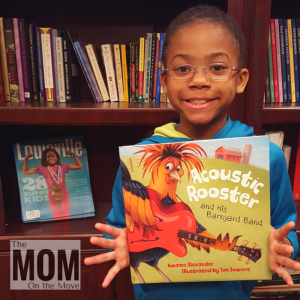
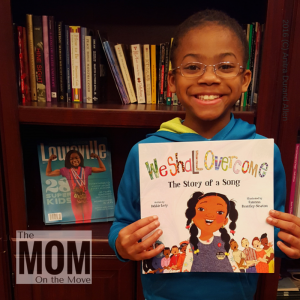
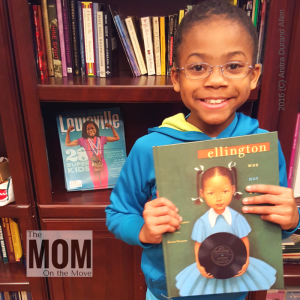
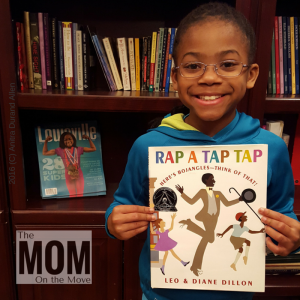
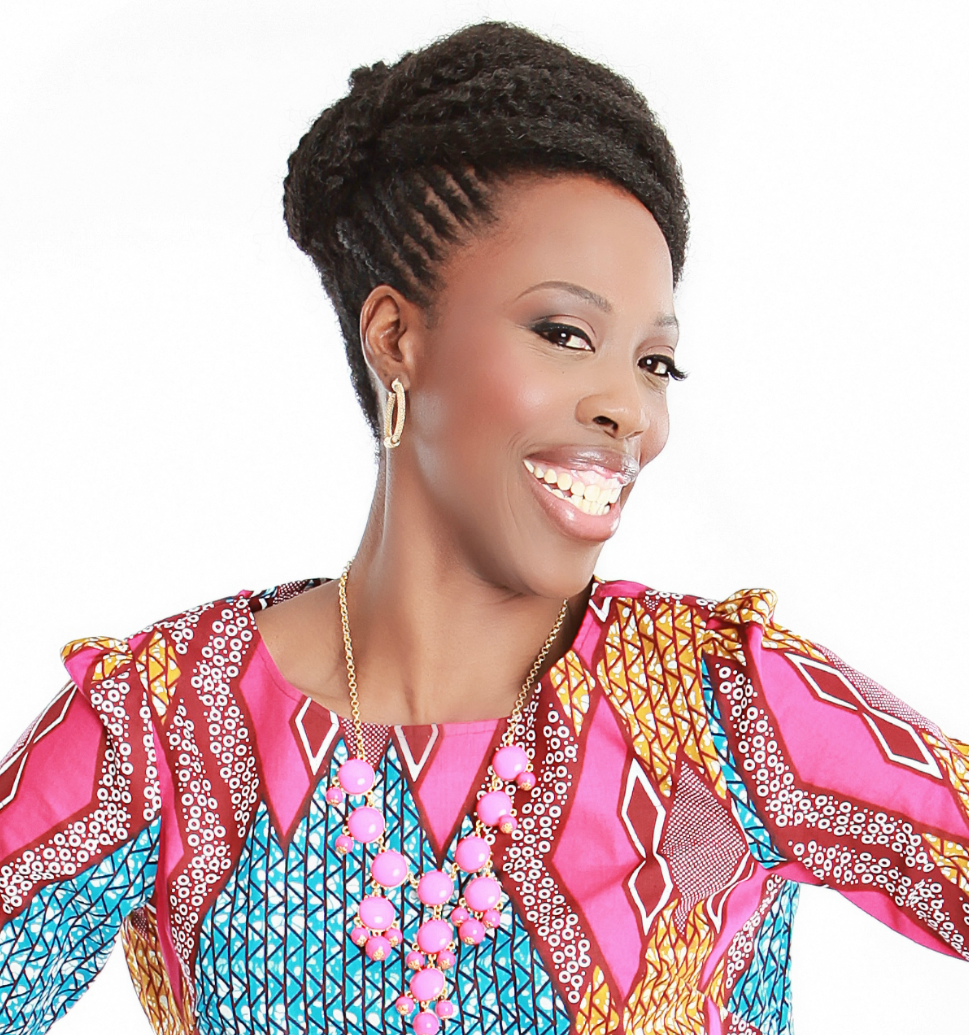
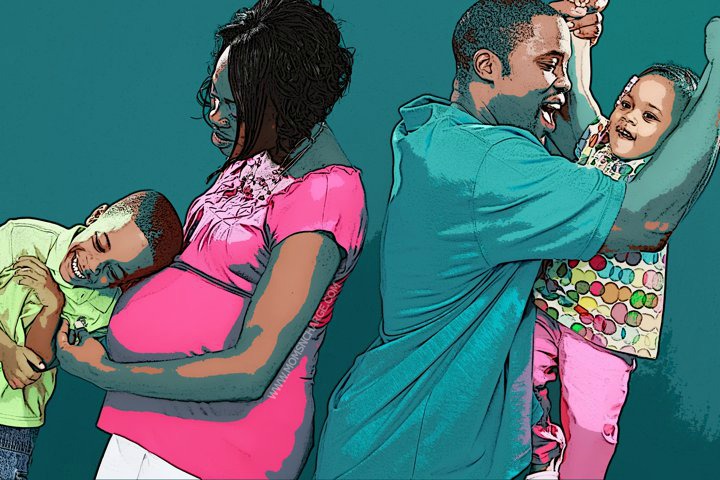
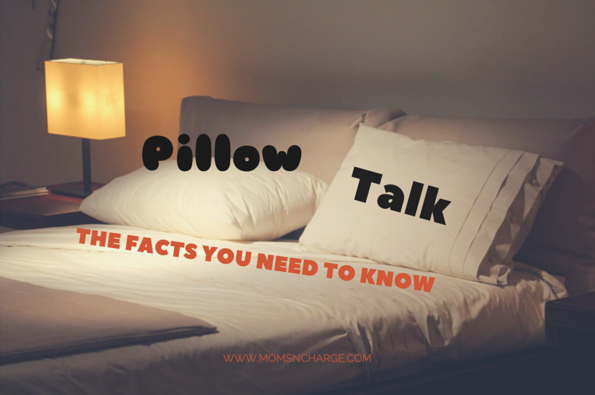
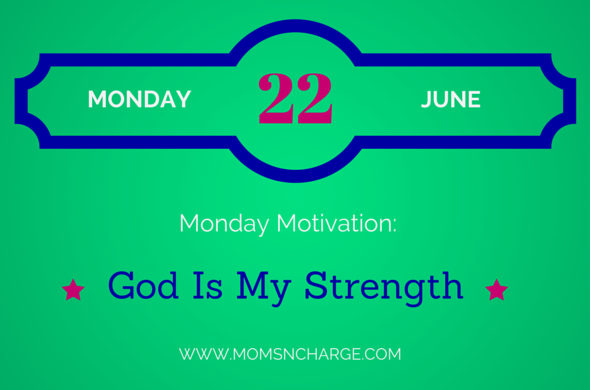
No Comments